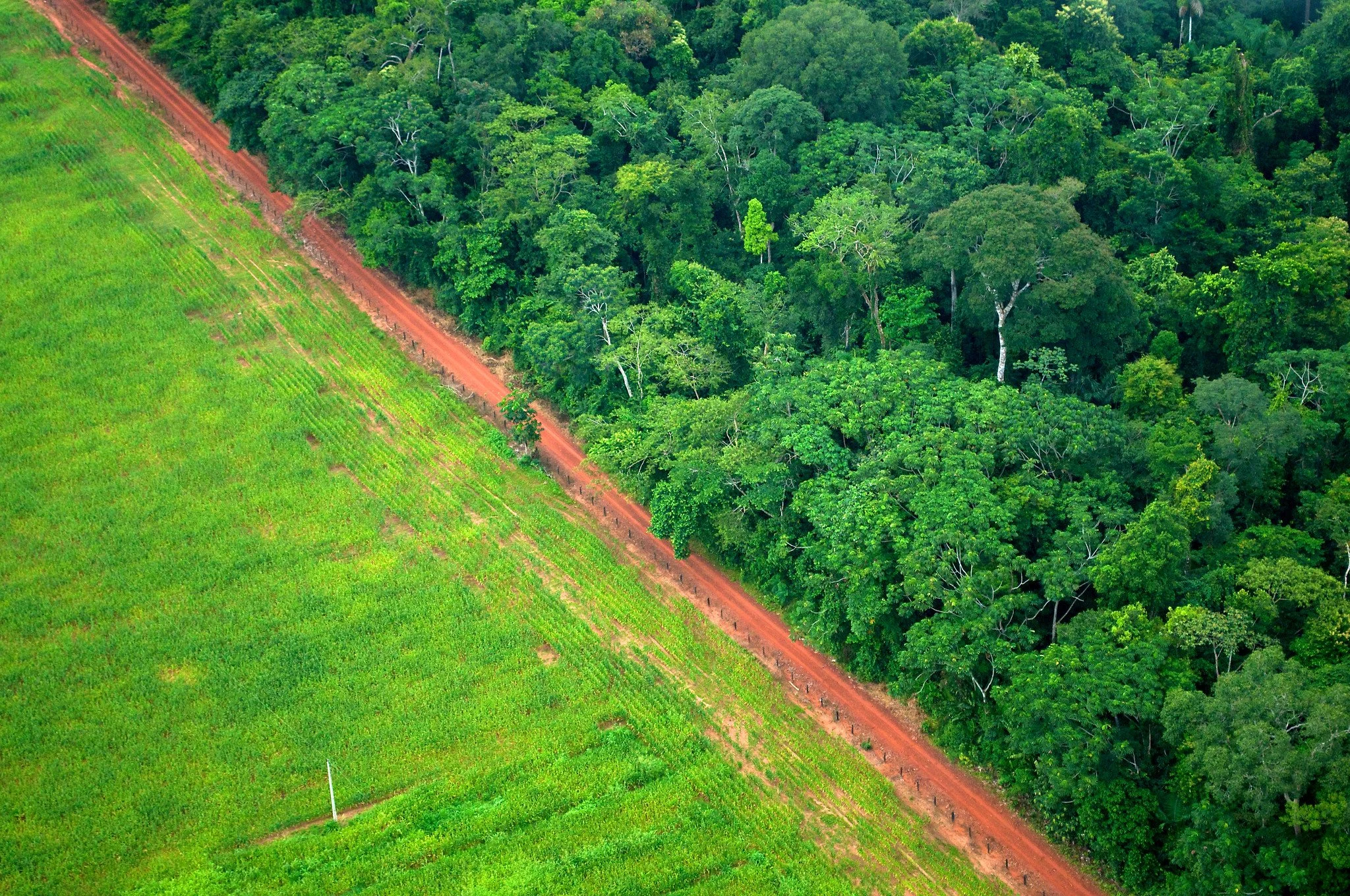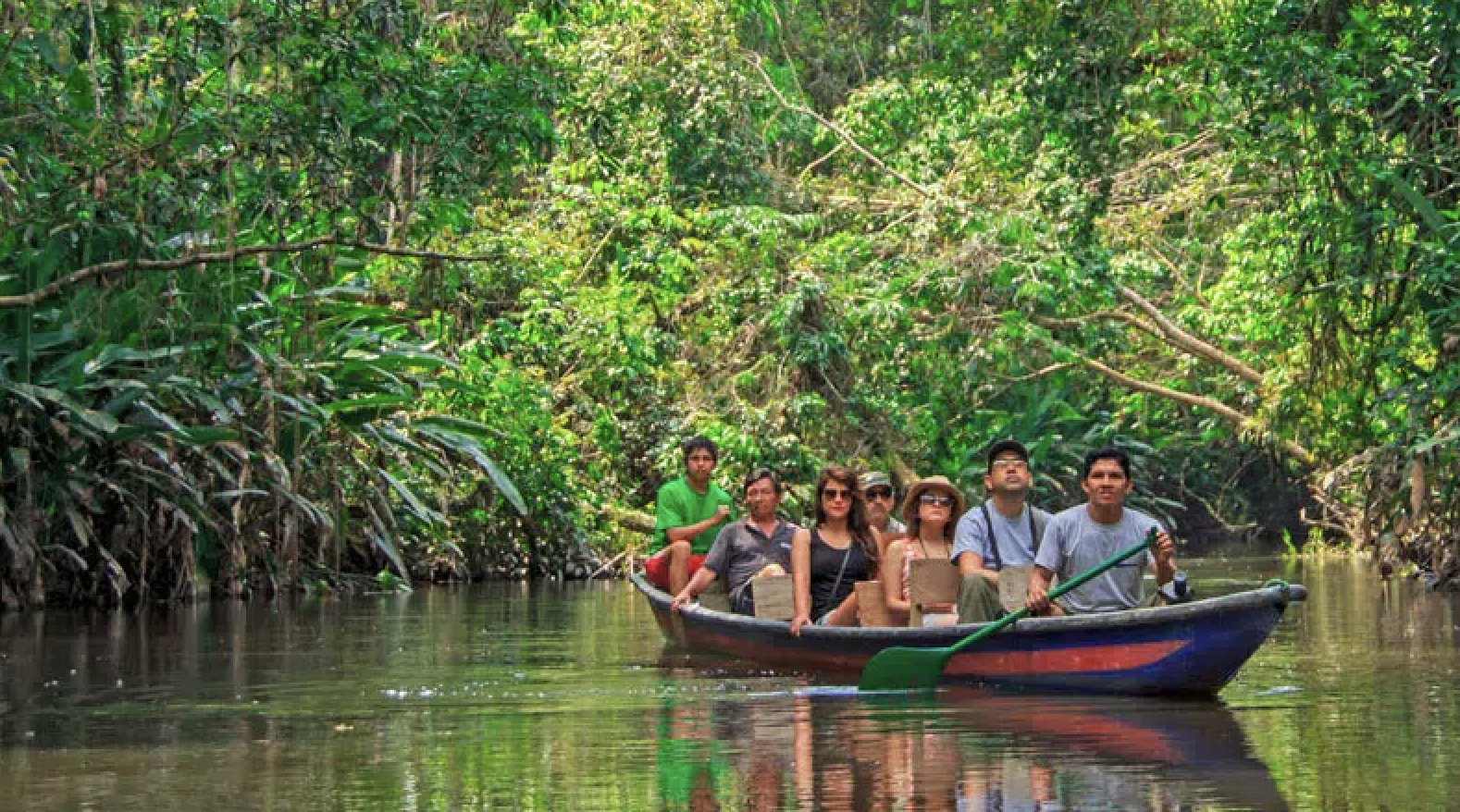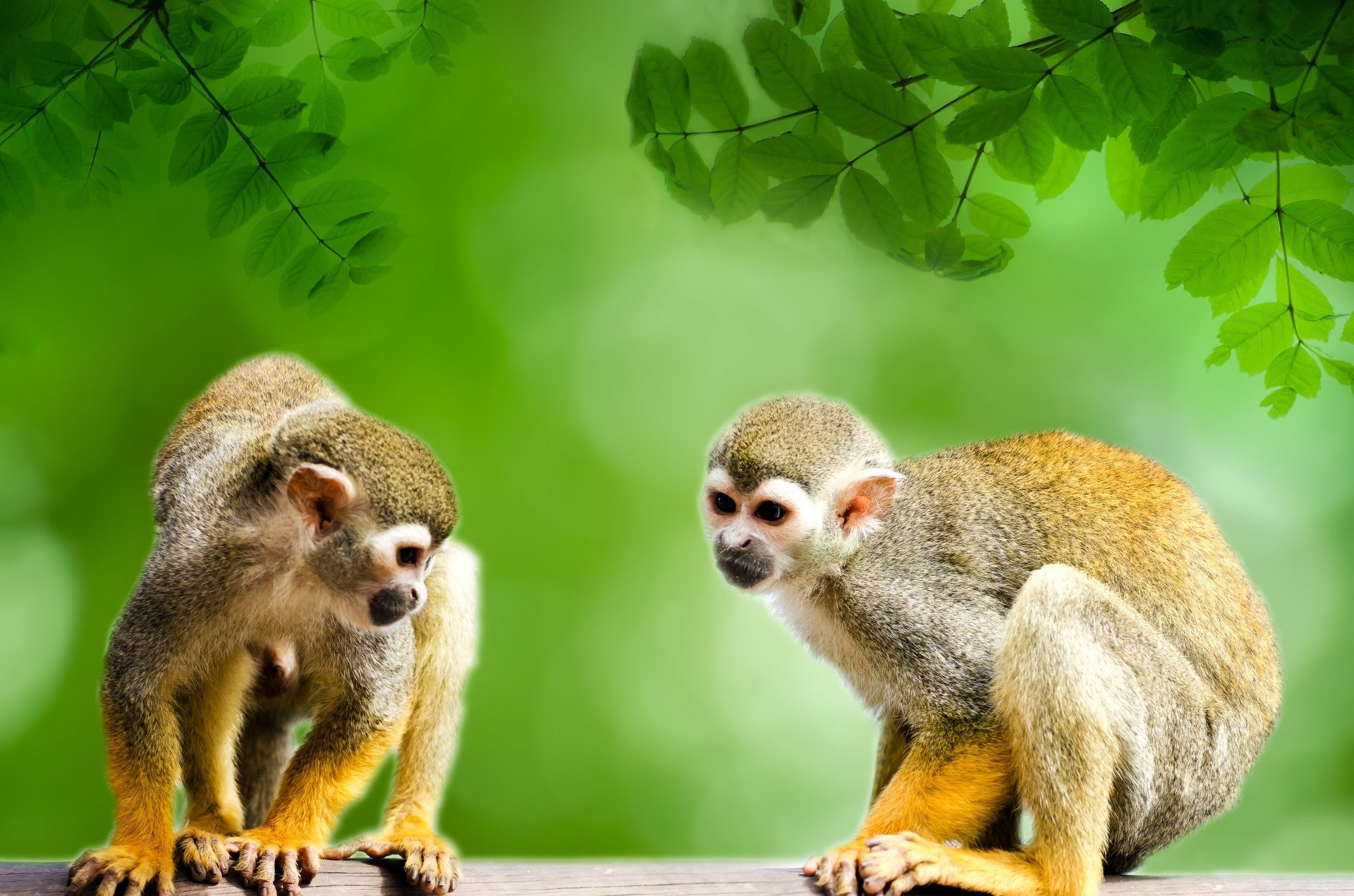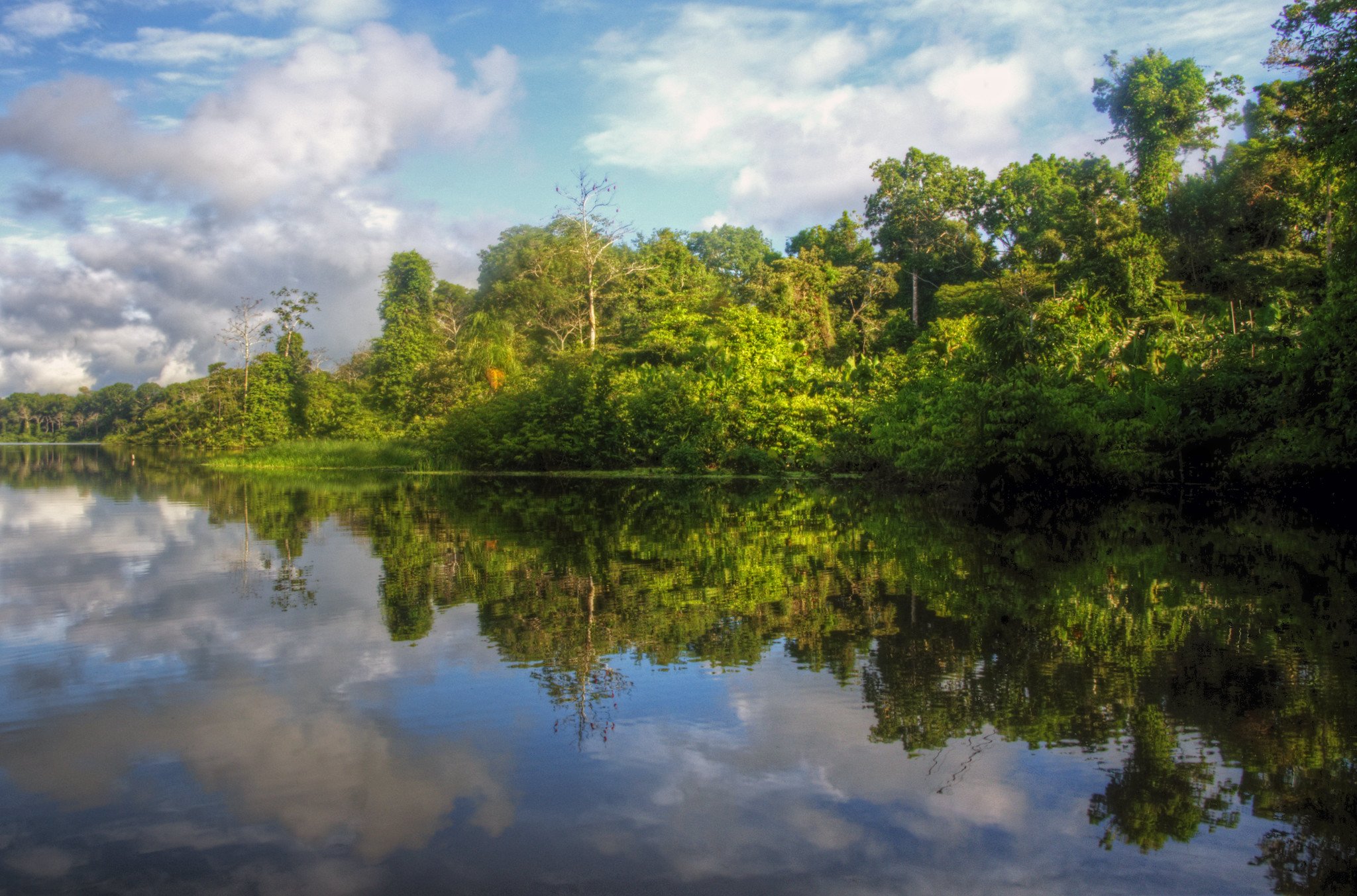The largest rainforest on Earth cleans our air and water. But it’s rapidly being destroyed. Here are 3 ways you can help save the Amazon Rainforest — including an ethical visit.
The largest rainforest on the planet helps keep our air and water clean.
As the world’s biggest rainforest, the Amazon has several functions crucial to our planet’s environmental health. Alarmingly, it’s also one of the foremost victims of the climate crisis. In 2022 alone, 430 square kilometers of the Amazon was destroyed. That’s over 126 times the size of Central Park in New York City.
The Amazon, which produces one-fifth of the Earth’s oxygen, is being cut down at an alarming rate.
Why We Need the Amazon Rainforest
While it comprises only 2% of the world’s landmass, the Amazon is responsible for producing 20% of the oxygen on the planet. One of its primary functions is to sequester carbon — or, in other words, gather large amounts of carbon dioxide and convert them to oxygen. Carbon sequestration benefits us by cleaning air and water sources. The process can even control flooding. This is why the Amazon is rightfully known by the moniker “the Lungs of the Earth.”
Unfortunately, the forest and its inhabitants continue to struggle against several issues. The foremost challenge it faces today is rapid deforestation due to agriculture, mining, logging and construction.
Ultimately, assertive legislation is key to reversing the damage done to the Amazon. This was made clear when Brazil’s deforestation policies in the mid-2000s eased the rate of destruction in the rainforest, according to a study by the University of Arizona.
Yet, while policies play a crucial role in saving the Amazon, there are many ways for you as an individual to contribute to its preservation.
A satellite image that shows the deforestation of the Amazon — the same image from less than a decade ago would have been all dark green.
3 Ways to Help Save the Amazon
In Brazil, beef is raised for consumption on land that was once part of the Amazon.
1. Practice mindful consumption.
The majority of deforestation efforts come about due to the production of items like paper, wood and beef.
Minimize your use of paper to help reduce the demand for its production. You can also check for an FSC label to find out if your paper was sourced ethically and doesn’t threaten endangered animals that rely on trees for survival.
Brazil, where 60% of the Amazon is located, is also a major producer of beef. The biggest beef producer in the region, JBS S.A., raises cattle from deforested Amazon land. On the whole, around 70% of the Amazon is deforested to raise cattle for beef. While not everyone wants to be a vegetarian, you can reduce consumption to help decrease the demand for beef production.
Consider volunteering for groups like the Rainforest Action Network that protest against the stealing of indigenous lands and the deforestation of the Amazon.
2. Connect with advocates and organizations.
There are countless grassroots organizations and initiatives dedicated to preserving the Amazon. For instance, the Rainforest Action Network (RAN) successfully pushed Burger King to stop using rainforest beef.
You can join local groups in your area or support larger ones like the RAN or Amazon Watch. They can use your help in their efforts to call out and boycott businesses that support deforestation in the region.
If you want to visit the Amazon, make sure you go through a group that focuses on preservation of this valuable natural resource.
3. Make an ethical trip to the Amazon.
If you want to see Amazon for yourself, be sure to do so in an ethical and respectful manner. After all, just like the Daintree Forest in Australia, the Amazon is also a UNESCO World Heritage Site. To visit the Amazon ethically, look for accommodations that work with environmental preservation initiatives. These providers offer guides and activities that immerse you in the Amazon’s biodiversity. And you might even end up lending a hand to their preservation efforts!
These adorable critters, known as squirrel monkeys, are just some of the wildlife you could see in the Amazon.
The paper and beef industries are destroying the largest rainforest on Earth. Do your part to help stop these atrocities.
The Amazon and its rapid degradation is of urgent concern. As it is responsible for several processes that keep the environment in good health, everyone should be involved in helping preserve it. –Alyson Yesha Corbett




























